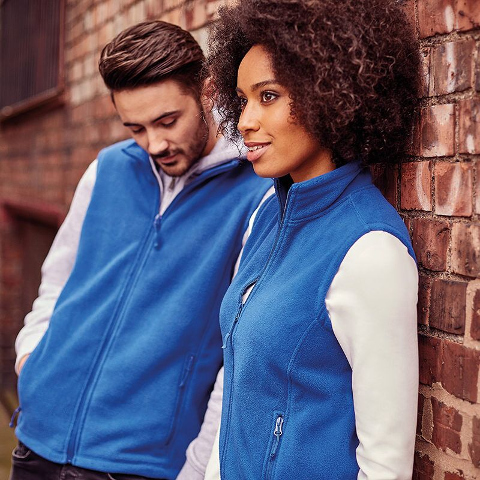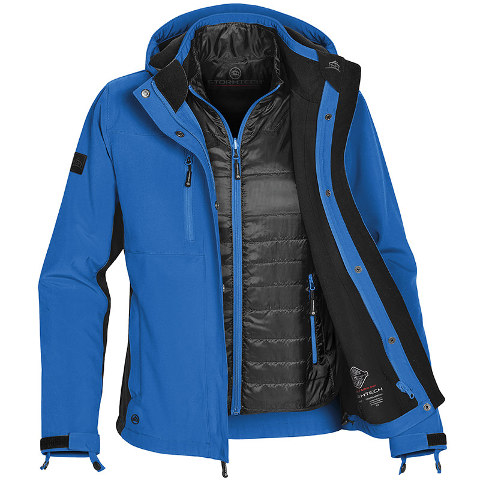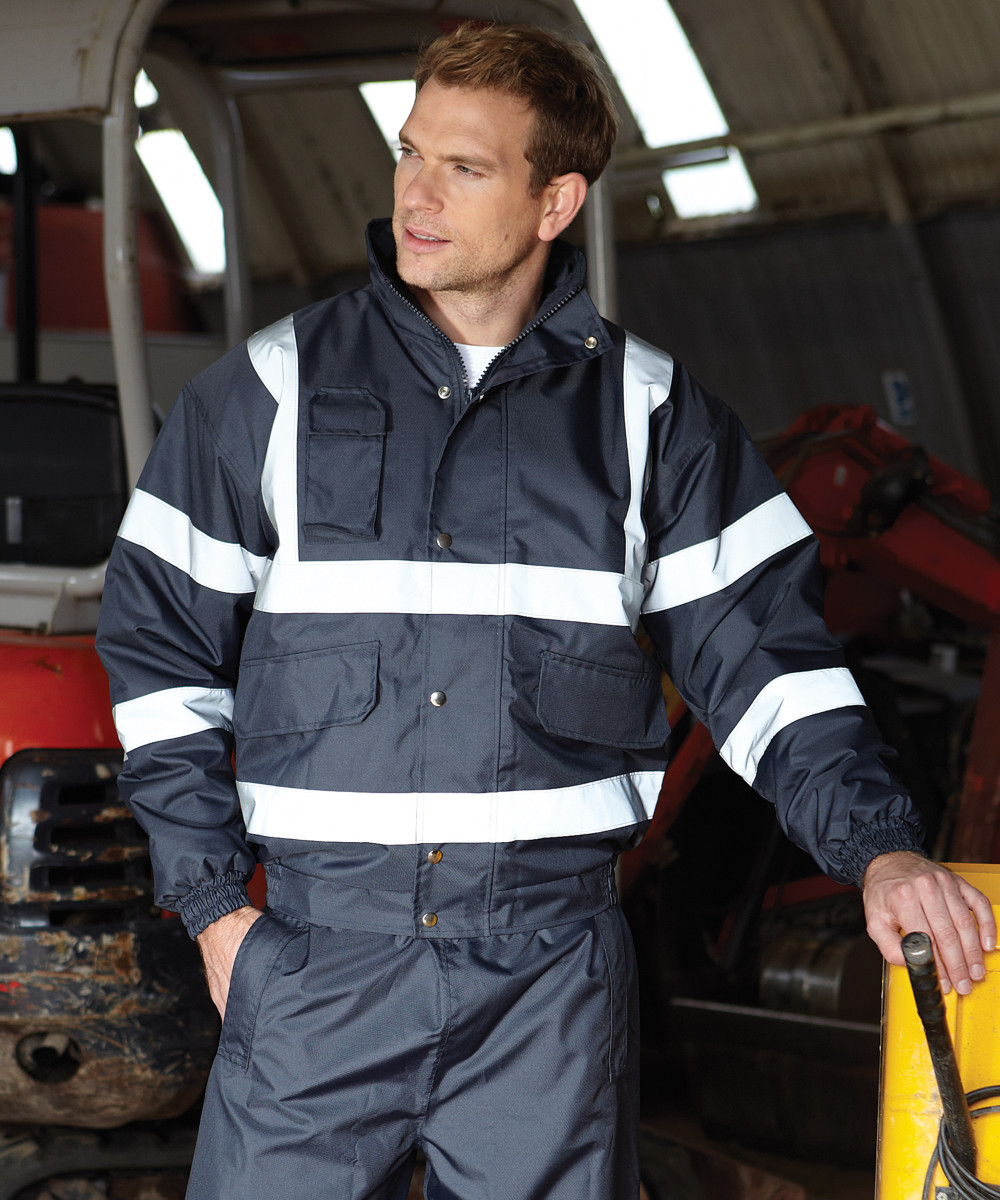Deciding on your winter workwear clothing during the colder seasons can often be a lot more challenging than in the summer. With your winter workwear you have to prepare for the worst, while also creating a look that can adapt to indoor temperatures if need be.
Regardless of how much time you spend outdoors on a typical work day, the basic principles for staying warm remain the same. And once you know them, dressing for the cold is bound to be easier — come rain or shine.
So if you’d like to know how best to keep your team warm, dry, and comfortable whatever the weather, look no further than our advice below!
Types of Layer
The Base Layer
The base is your initial, most rudimentary heat-retaining layer. As this will be underneath all the others, it needs to be as thin and comfortable as possible.
The key to how to layer under work uniform is avoiding any unnecessarily exposed skin. Make sure you wear a long-sleeved top with a particularly long hemline as well. This will make it easier to tuck into your trousers or bottoms to ensure heat doesn’t escape from your lower torso. A long sleeve garment like the Gildan SoftStyle Long Sleeve T-Shirt, works a treat for the base layer portion of your outdoor winter workwear.
The Mid-Layer
The mid-layer, also known as the insulation layer, is the first proper provider of warmth.
Depending on the level of outdoor activity you’re expecting, you can opt for anything from a casual personalised hoodie to a full-on custom fleece. But the more time you spend outside, the less we would recommend wearing cotton, as it retains moisture and can lower your body temperature instead.
Additionally, you could look to use a bodywarmer as a mid layer. A favourite is the Russell Fleece Gilet. Made of anti-pill fabric, it has a flattering fit and is impressively compact for an outdoor item. This gilet is great for throwing over anything from a shirt or blouse to a casual tee, making it equally practical for embroidering your company logo onto.

The Outer Layer
When it comes to your outer layer, the goal is to stay warm and dry.
But on cold, rainy days, you’re going to need the most weatherproof clothing you can get. We would recommend to look no further than this 3-in-1 jacket by Stormtech.

With 5,000/5,000 breathable, waterproof fabric and H2XTREME® stretch technology, this jacket is incredibly versatile and functional. What’s more, the built-in layers provide additional warmth and eliminate the stress of picking a mid-layer.
Of course, many of us take public transport to work. As this can involve a lot of standing around and waiting, I would encourage you to go big and warm. If you’re not sure where to begin, we stock a variety of customisable softshells which you should definitely give a look.
If you work outdoors, staying as warm as possible while still being able to operate tools and machinery is vital. You need an outer layer that is both unobtrusive and weatherproof.
In addition to heftier gilets like the Work-Guard Vostex Bodywarmer, we offer a range of warm bombers in the standard colours as well as hi-vis finishes.

And thus concludes the list of layers! If you need any further advice or want to create you own winter workwear look for your team then please get in touch.


